Welcome to a gastronomic journey that will tantalize your taste buds and introduce you to the world of artisanal cheese. In this article, we invite you to explore the exquisite flavors of Riverine Blue cheese, a hidden gem in the realm of dairy delights. Hailing from the picturesque landscapes of Australia, Riverine Blue is a masterpiece crafted with passion and expertise, offering a unique sensory experience that captivates cheese connoisseurs and novices alike. Join us as we delve into the history, production process, and unforgettable taste of this exceptional blue cheese, and discover why it has earned a well-deserved spot among the finest offerings in the world of cheese aficionados. Get ready to savor the creamy, tangy notes that make Riverine Blue an unrivaled delight in every savory bite.
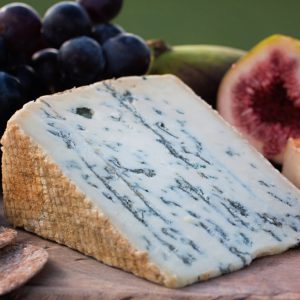
¿What is Riverine Blue Cheese?
Riverine Blue is a type of blue cheese produced in Australia. It is made from pasteurized cow’s milk and is known for its rich and creamy texture with blue veins running through it.
Riverine Blue is produced by the Shaw River Buffalo Cheese company, located in Victoria, Australia. The cheese is typically aged for several months, which allows the blue mold to develop and impart its characteristic tangy and piquant flavor.
Please note that the cheese industry is constantly evolving, and there might have been further developments or variations of Riverine Blue since my last update. For the most current information about this cheese, I recommend checking with local cheese producers or specialty cheese shops in Australia.
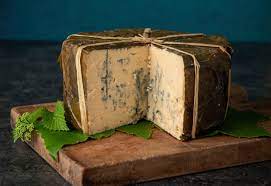
Characteristics
Here are the characteristics of Riverine Blue Cheese:
- Origin: Riverine Blue Cheese hails from Australia, where it is produced by the esteemed Shaw River Buffalo Cheese company.
- Milk Source: This artisanal cheese is made from high-quality, pasteurized cow’s milk, which imparts a distinct and creamy texture.
- Blue Veining: Riverine Blue is renowned for its beautiful blue veins that run throughout the ivory-colored paste. These veins develop during the aging process, giving the cheese its signature appearance.
- Flavor Profile: It offers a harmonious balance of flavors – creamy, buttery, and slightly tangy with delightful hints of spice and earthiness.
- Texture: The cheese has a smooth and velvety texture, creating a luxurious mouthfeel that melts in the mouth.
- Aging: Riverine Blue is aged for several months, allowing the flavors to develop and the blue mold to infuse the cheese, resulting in its distinctive taste.
- Aroma: The cheese has an enticing aroma, with notes of grass, mushrooms, and the characteristic pungency associated with blue cheeses.
- Versatility: It is a versatile cheese that pairs wonderfully with a variety of accompaniments, such as fruits, nuts, honey, and crusty bread.
- Artisanal Craftsmanship: Riverine Blue is handcrafted with passion and skill, showcasing the dedication of the cheesemakers in creating this exquisite delicacy.
- Acclaim: This cheese has garnered accolades and recognition in the cheese world, earning a spot among the finest blue cheeses globally.
- Unique Sensory Experience: Every bite of Riverine Blue offers a unique sensory experience, enchanting the palate with its rich flavors and distinctive character.
- Limited Production: As an artisanal cheese, Riverine Blue is often produced in small batches, adding to its exclusivity and allure.
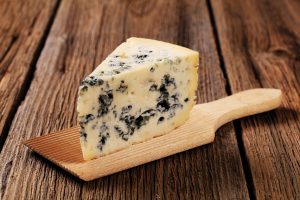
Origin
Blue cheese, in general, has a long and storied history that dates back centuries. The process of intentionally introducing mold (typically Penicillium cultures) into cheese dates back to ancient times. It is believed that blue cheese was discovered accidentally when cheeses were stored in caves or cool, damp environments, allowing mold spores to naturally develop and grow.
Regarding Riverine Blue Cheese, it is a relatively newer variety of blue cheese that emerged in the contemporary artisanal cheese-making scene. The Shaw River Buffalo Cheese company, established by the Davenport family, began producing Riverine Blue Cheese in the late 1990s. The company is located in Yambuk, Victoria, Australia.
The Davenport family’s passion for cheese-making and their dedication to crafting high-quality artisanal products led them to experiment with different types of cheese. As a result, they developed Riverine Blue, showcasing their innovative approach to cheese production and the use of local, high-quality ingredients, such as cow’s milk from their own farm.
Over the years, Riverine Blue Cheese has gained recognition for its exceptional quality and unique flavors, becoming a notable addition to Australia’s artisanal cheese offerings. The cheese has likely earned its place in the hearts of cheese enthusiasts and connoisseurs, both domestically and internationally.
As with many artisanal cheeses, the story and history of Riverine Blue Cheese are likely to be continually evolving, shaped by the passion, creativity, and dedication of its producers. For the most current and detailed history of Riverine Blue.
Riverine Blue Cheese originates from Australia. It is produced by the Shaw River Buffalo Cheese company, which is located in Victoria, Australia. The cheese is crafted with pasteurized cow’s milk and is renowned for its distinct blue veining and exceptional flavors. As an artisanal cheese, Riverine Blue showcases the dedication and expertise of the cheesemakers, making it a prized delicacy that represents the artistry of Australian cheese production.
Substitutes
If you are unable to find Riverine Blue Cheese, fear not, as there are several excellent substitutes that can still satisfy your taste buds and complement your culinary creations. Consider these three alternatives:
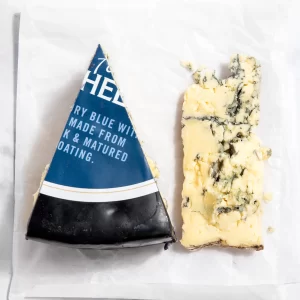
- Roaring Forties Blue Cheese: Hailing from Tasmania, Australia, Roaring Forties Blue Cheese is an excellent substitute for Riverine Blue. Like Riverine Blue, it offers a creamy texture and a rich, tangy flavor profile with the distinctive blue veining. It’s a versatile cheese that can be used in similar applications, such as on a cheese platter, in salads, or melted over a steak.
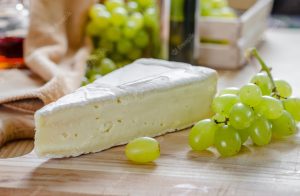
- Tasmanian Heritage Blue Brie Cheese: Another option from Tasmania, the Tasmanian Heritage Blue Brie Cheese offers a unique combination of blue cheese and Brie. It has a creamy and buttery texture, with a milder blue flavor compared to traditional blue cheeses. This cheese can be a great alternative for those who prefer a less intense blue cheese experience.
- Iberico Cheese: If you’re looking for an international option, Iberico Cheese from Spain can be a delightful substitute. Although it is not a blue cheese, it shares some characteristics with Riverine Blue, such as a rich and complex flavor profile. Iberico Cheese is made from the milk of Iberian pigs and aged for different periods, resulting in a range of flavors from mild to bold. It pairs wonderfully with fruits and nuts and can be a great addition to cheese boards or tapas spreads.
Remember, while these substitutes share some similarities with Riverine Blue Cheese, they each have their own unique qualities. It’s always a good idea to try them out and discover which one best suits your taste preferences and culinary needs.

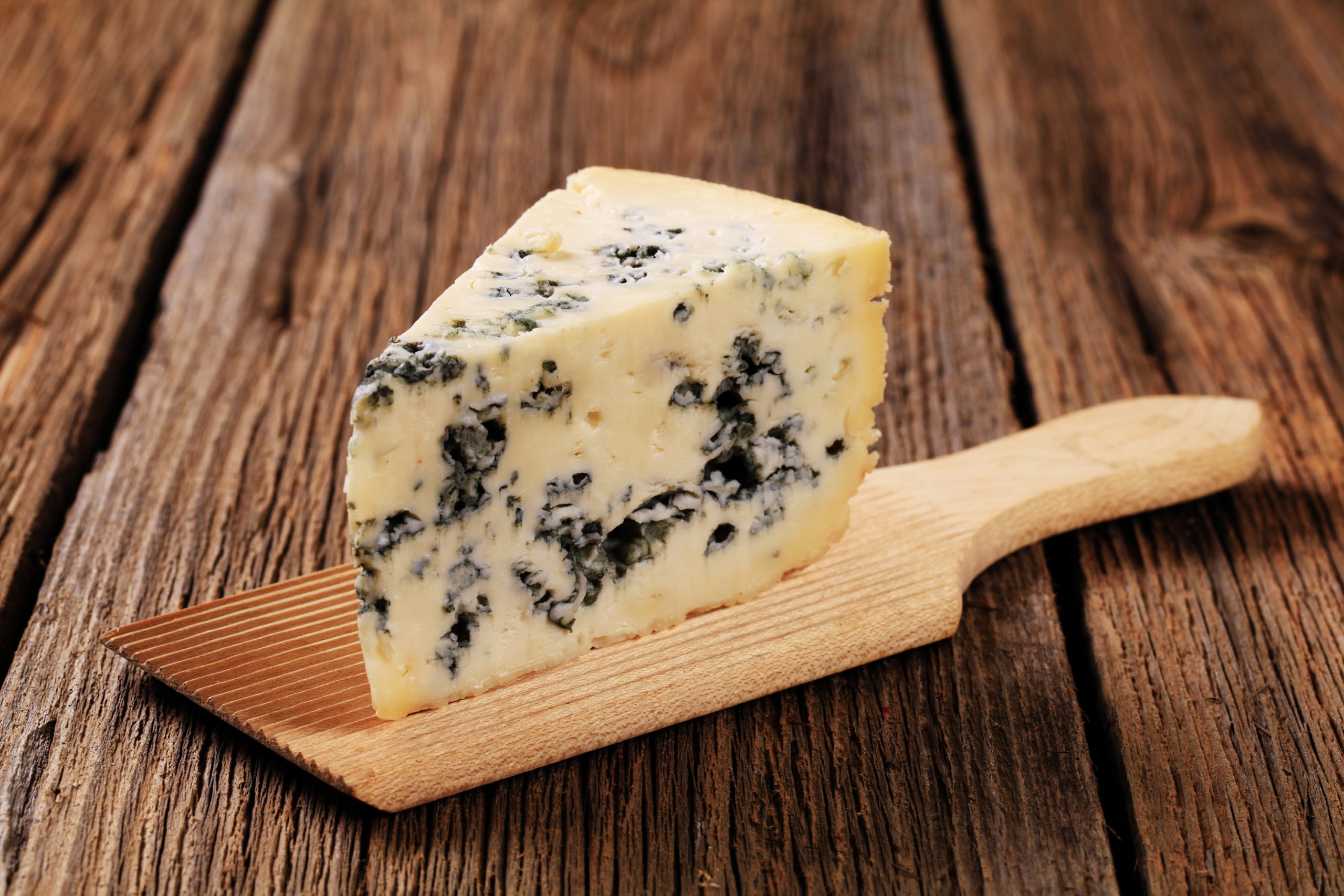

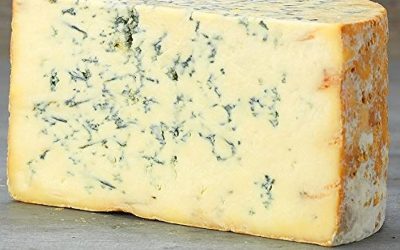

0 Comments